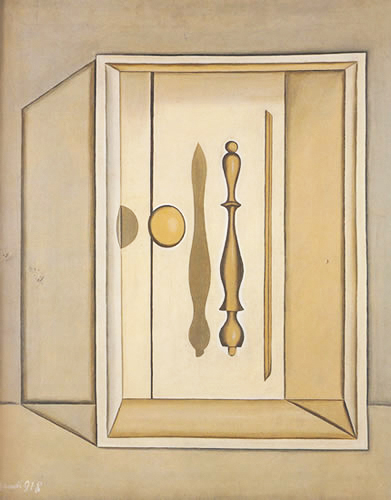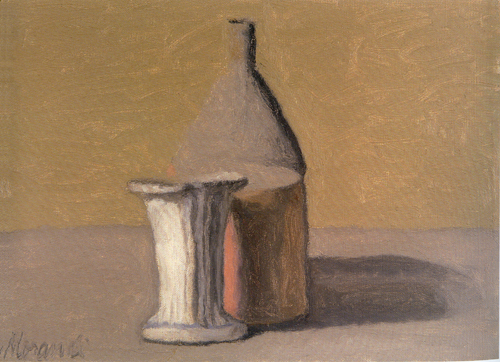Suppose you grew up in a place that was ravaged with destruction, imagined, imaginary or real, where would you subsequently gravitate?
Posts by Birgit Zipser
Mind, Body and Soul – ancient concerns
Alcmaeon of Croton, a natural philosopher in 450 BC, concluded, based on his animal dissections, that the brain, not the heart, is the central organ of sensation and thought. However, a couple of centuries later, someone then articulated the idea that the seat of mental function resides in the ventricles of the brain – cavities filled with cerebrospinal fluid. Galen, the famous physician at the Roman Imperial Court in 170 BC, popularized this idea further in his extensive writings that were eagerly read throughout the dark Middle Ages.
The great Renaissance artist Leonardo da Vinci still held on to this ancient belief that the senso commune (sense of community), phantasy and imagination originated in the anterior ventricle; that the middle ventricle served cognition; and that memory was contained in the posterior ventricle.
 more… »
more… »
Obama and the ARTS
Two points of interest are
(A) Art inspired by Barack Obama.
(B) Will the 2009 Economic Stimulus Package address unemployment among artists in analogy to the Federal Art Project, part of the Work Project Administration (WPA) created by Roosevelt?
(A) Quoting Rob Walker, New York Times:
Whether or not Barack Obama would make a good president, it’s clear that he makes an excellent muse. It’s hard to think of a political candidate in recent memory who has, in real time, inspired so much creativity, exercised free of charge and for the campaign’s benefit. Perhaps this suggests something about Obama — or maybe it suggests something about his supporters.
Shepard Fairey created this limited edition print of Barack Obama in an effort to fund a larger street poster campaign, January 2008. Fairey is one of today’s best known and most influential street artists. He sits on the advisory board of Reaching to Embrace the Arts, a not-for-profit organization that provides art supplies to disadvantaged schools and students. more… »
Janet Fish and my quest for edges and dissolving boundaries
After sending me to the Morandi exhibit at the MET, my friend and mentor, Nancy Plum, introduced me to Janet Fish’s paintings. She lent me Gerrit Henry’s 1987 JANET FISH and as a present for Hanneke (Psst, don’t tell her), I bought Janet FISH PAINTINGS by Vincent Katz, a more recent version.
Below are photographs of two of JF’s paintings, first F.W.F, 1976 (72 x 56″):

Fascinating to see geometry outlined by edges! The dazzling quality of the painting appears to be due to, quoting JF:
…I started sitting the bottles on mirrors, to bounce the light back up through them and intensify it. I’d paint the set-up all day long. If the light was terrific in the bottle at one moment, that’s when it was painted. I sort of set up a watch. And I’d look at things, and whatever was exciting that happened – in this situation where everything was always in flux – was recorded in the painting. The light is never in the same place for more than a second…
.
Vincent Katz likens the ‘artificiality ‘ in lighting due to capturing highlights at different time points to the artificiality in Dutch still life where flowers that bloom at different times of the year nevertheless appear in the same painting.
The next picture is Orange Cloth/Orange Poppies, 2000 (48 x 60″):
Edges are still accentuated. And, I think in this painting, there may be some dissolving of boundaries due to similarity in color of different shapes.
Has anyone thought about Morandi and Fish at the same time?
So far, I have only seen Morandi’s paintings in real life. I will attempt to see Janet Fish’ Grey Day (1978) in my town at the Kresge Art Museum Collection, Michigan State University. Nancy thinks that the painting may be archived. Thus, I will have to put in a request for special viewing after I return from Germany. More later,
Happy New Year!
Giorgio Morandi – late work
The two paintings by Giorgio Morandi shown here interest me because of what Steve called their ‘dissolving boundaries’. The first one was done in 1960:
Giorgio Morandi – early work
The Met has a special exhibition dedicated to Giorgio Morandi (1890 – 1964), an Italian painter who specialized in still life. Upon learning of my trip to NYC, my artist friend Nancy Plum recommended that I take a look. She added that Morandi, not terribly well-known in the US, is a ‘painter’s painter’.
Upon entering the exhibition, my attention was captivated by two Natura Morta, both painted in 1918. This picture, copied from the web, has a reasonably faithful likeness:

learning to paint water
First, I tried painting this body of water:
However, the waves looked like worms. I painted over my worms more… »



